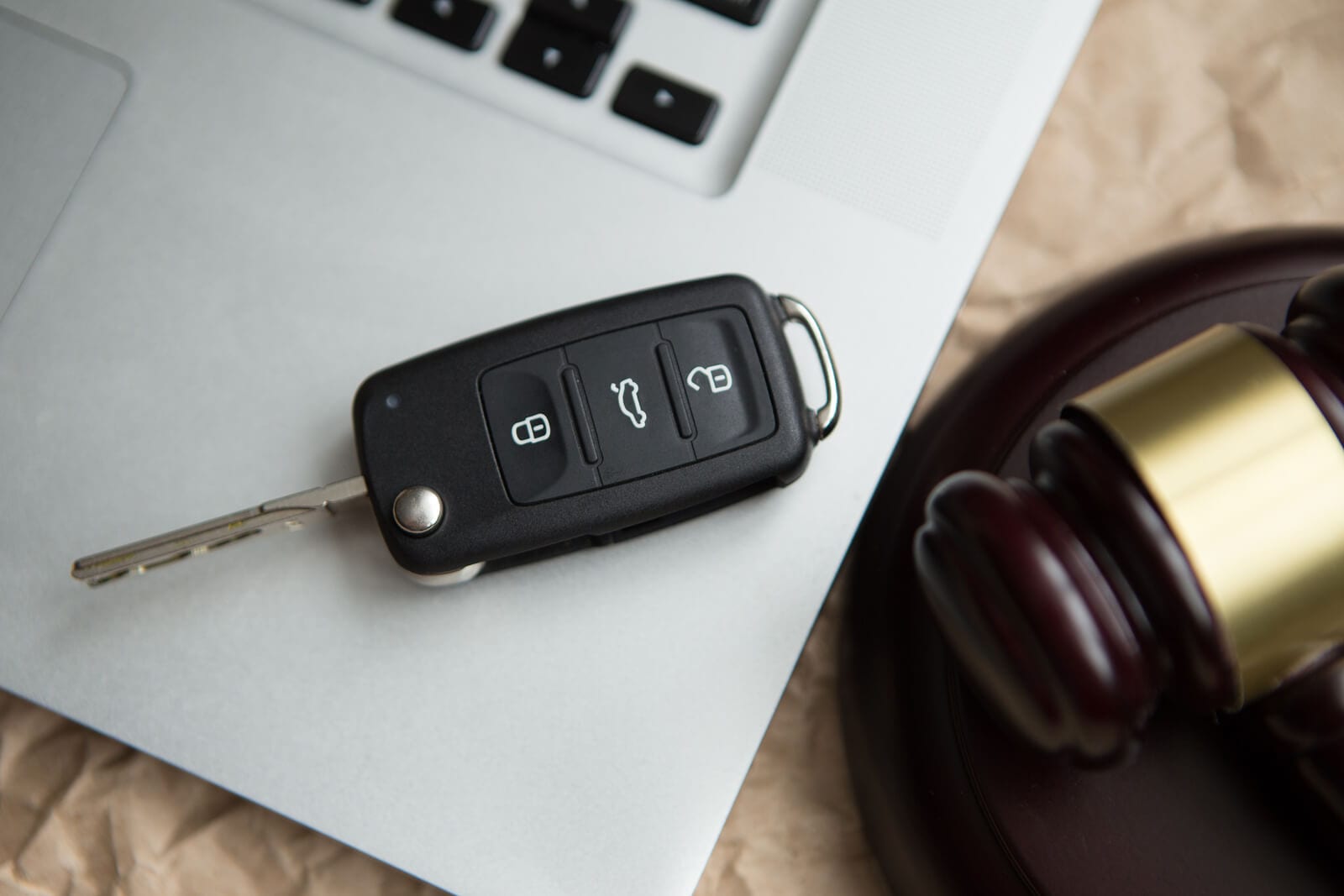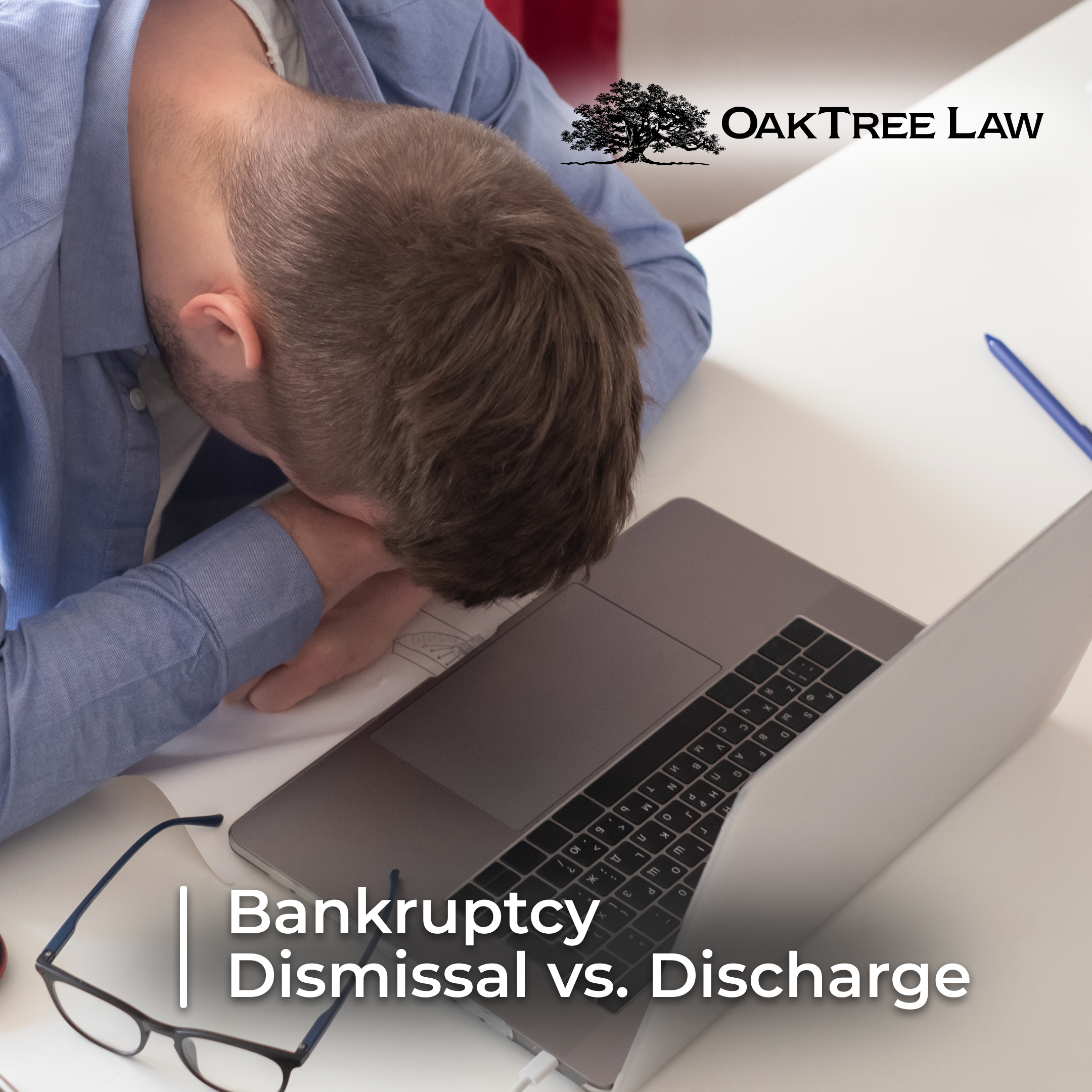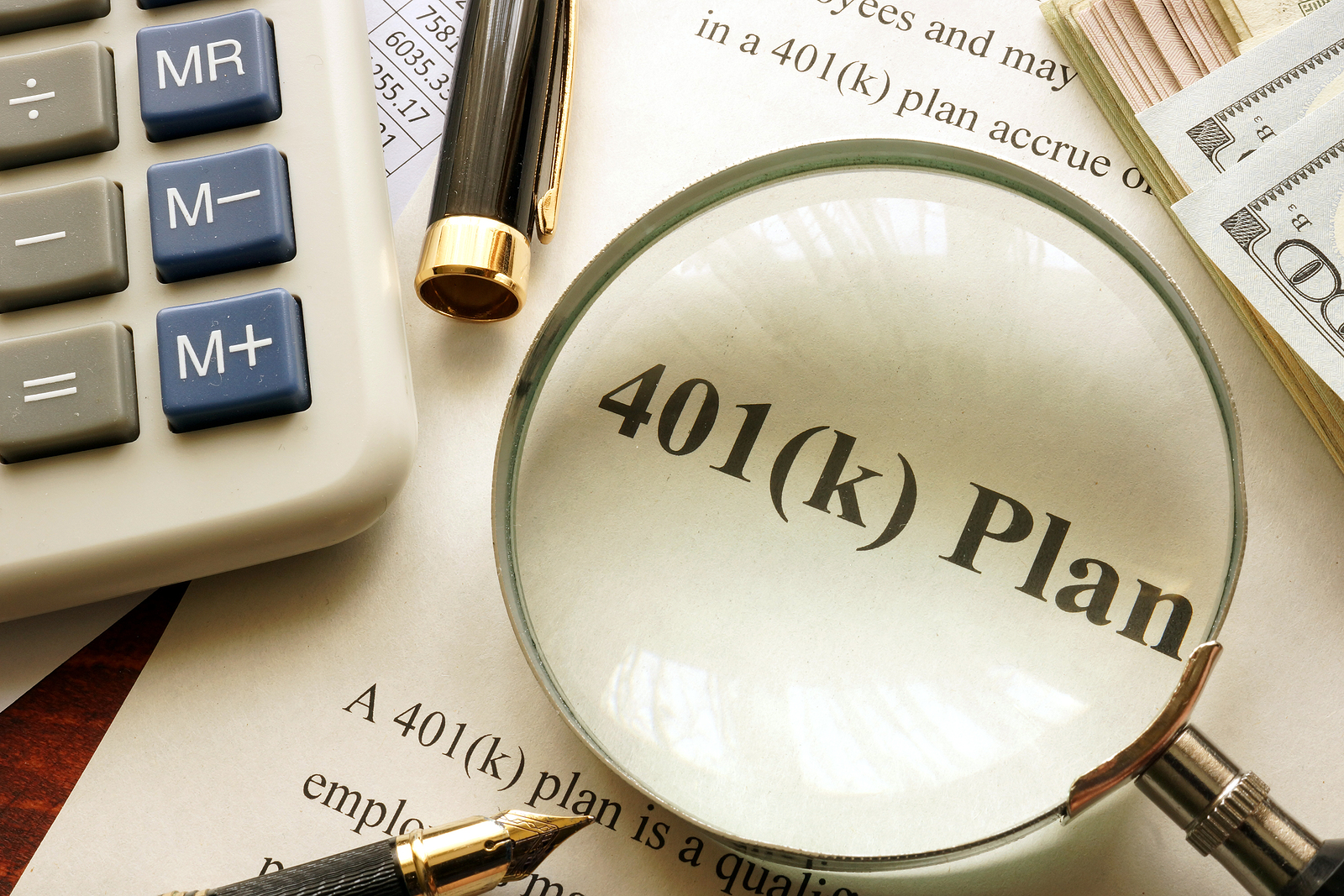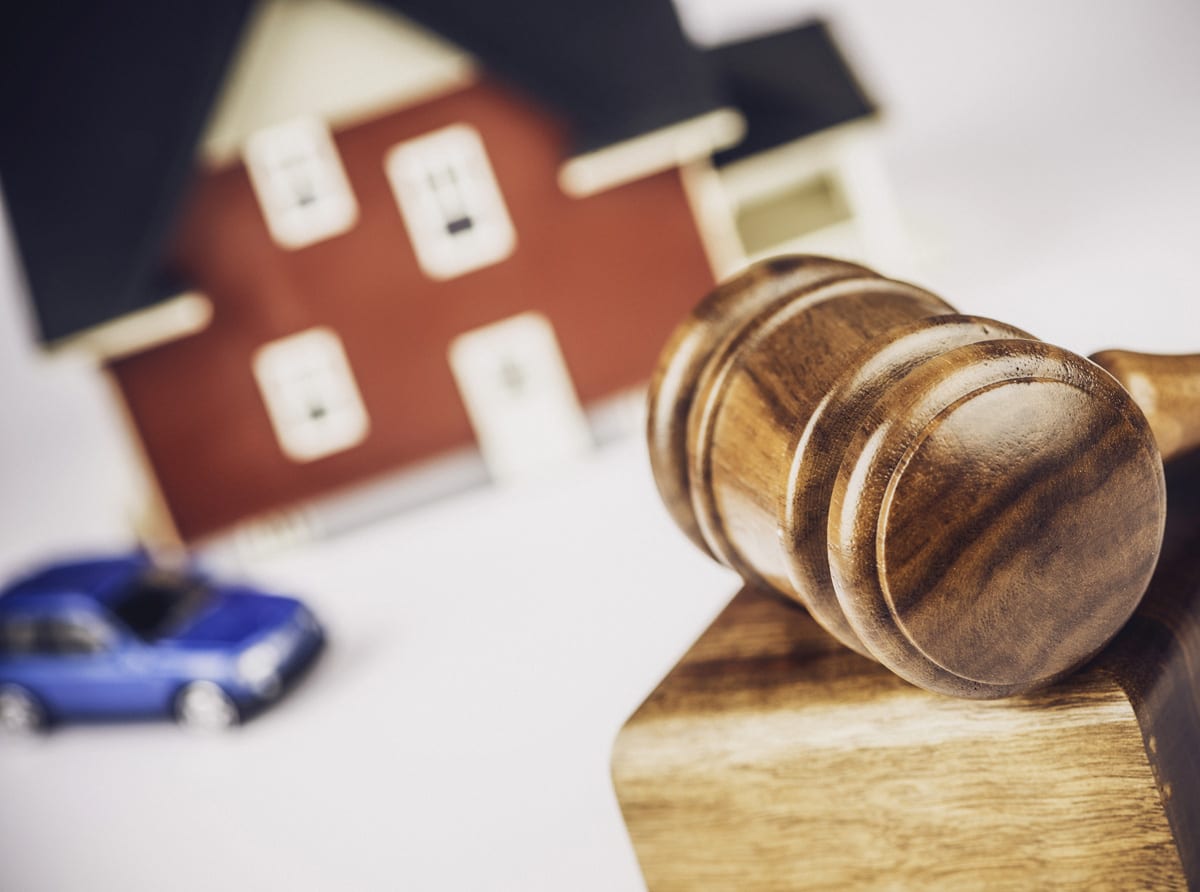If you’re facing large amounts of debt, resolving your situation is a top priority. Keeping your car is probably at the top of the list as well, since you’ll still need to get to work, the grocery store, and to school to pick your kids up. Whether you can keep your car depends on several factors, including the type of bankruptcy:
Chapter 7 Bankruptcy
Chapter 7 bankruptcy involves a discharge of most debts. Any nonexempt property must be given up but, if you can afford your car payments, you can execute a reaffirmation agreement with the lender, which reinstates your obligation to pay the debt. Your car is effectively taken out of the bankruptcy process. However, that debt cannot be discharged, and the court can deny the reaffirmation agreement if it determines making car payments will be too difficult.
Another factor is what your car is worth. Property exemptions are based on equity you have in property. In California, you can exempt up to $3,050 or $5,350 in equity. You must choose one or the other without using federal bankruptcy exemptions. Consult with a bankruptcy attorney in Los Angeles or Orange County about the exact exemption amounts, as they frequently change.
If the equity in your vehicle is less than the exemption amount, your bankruptcy trustee can’t sell it, unless you have more equity than the exemption amount. If so, you may receive cash for this amount. But if you have too much equity and need your vehicle, you can pay the trustee the amount equal to how much your equity exceeds the exemption, or reaffirm the loan as mentioned above.
If you’re behind on car payments, you will likely lose your car after filing for Chapter 7 bankruptcy.
Chapter 13 Bankruptcy
It’s often easier to keep your car with Chapter 13, even if you’re behind in payments or have built up equity. If you are behind, you can pay off what you owe through the three to five-year repayment plan. In some cases, Chapter 13 can reduce a car loan, especially if it is worth less than what you owe on the loan.
What Other Options Do I Have?
Aside from signing a new loan that will continue after the bankruptcy, you can redeem the car, or pay its market value to the lender. You must do this in one lump sum, assuming the funds are available to do this. But with unprotected equity, the trustee can sell your vehicle. You can receive the exemption amount while the trustee distributes the remaining amount to your creditors.
However, some trustees will allow you to pay for nonexempt vehicle equity. If you want to keep the vehicle, you might be able to negotiate a deal to pay the trustee what your creditors would receive. Depending on the trustee, they might give you a few months to pay in full. Another scenario is the trustee can abandon the car if there would be no money available to pay creditors after it is sold and the trustee pays off the loan, the amount of the exemption, and cost of a sale.
Contact OakTree Law for Bankruptcy Help
Bankruptcy can be a positive solution to a difficult situation. At OakTree Law, our Los Angeles bankruptcy attorneys are familiar with the filing process and the most current regulations. Our experienced team can avoid some risks associated with bankruptcy and help you understand the advantages of filing. To learn more, call 562-219-2979 or request a free evaluation today.








